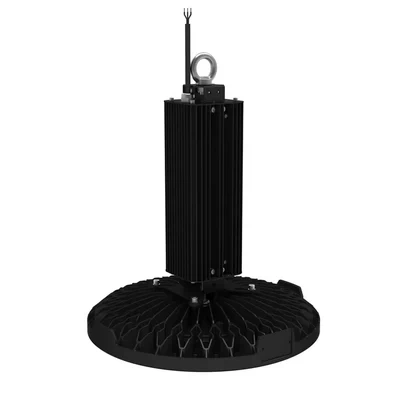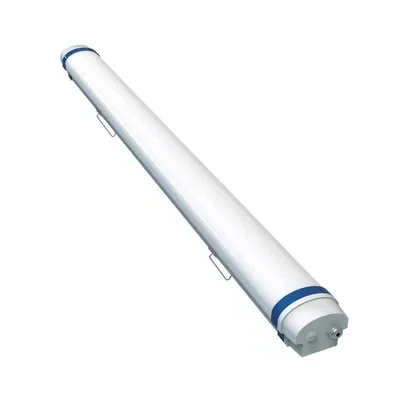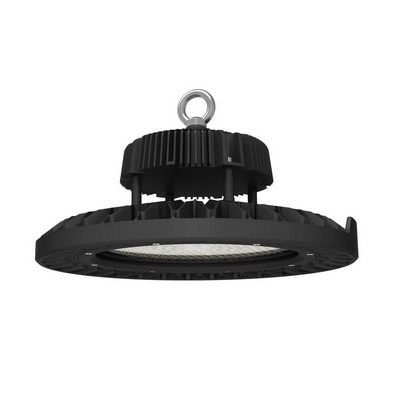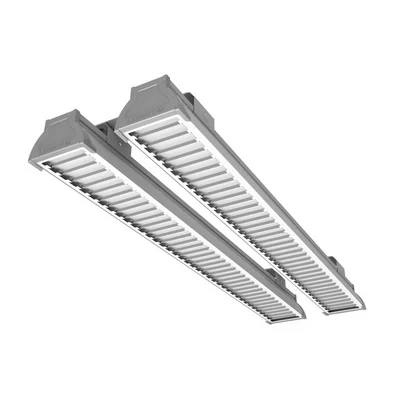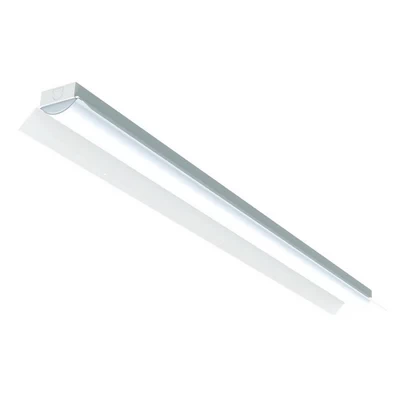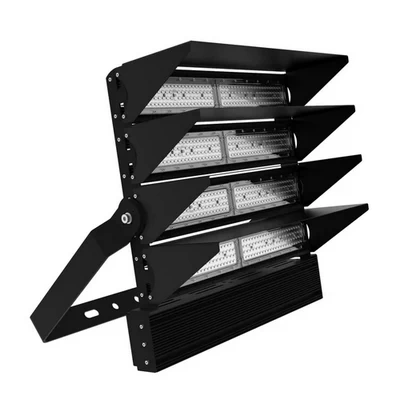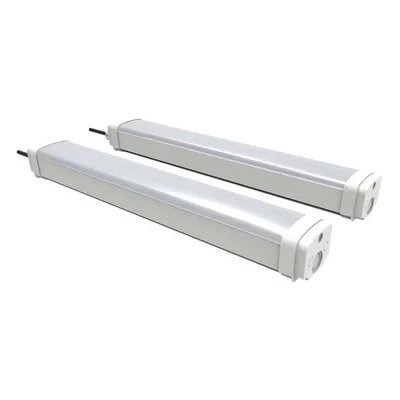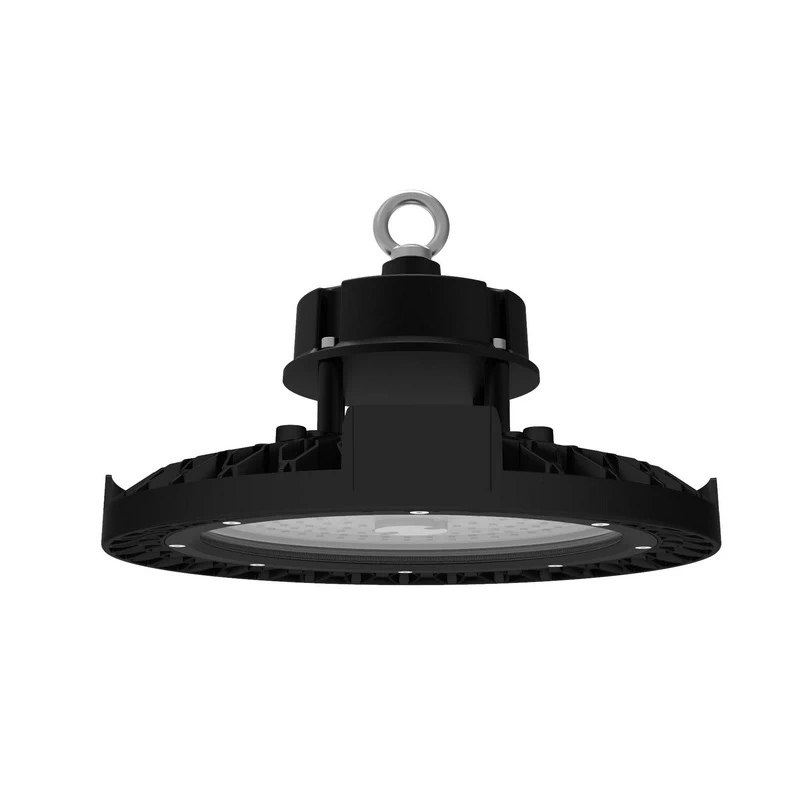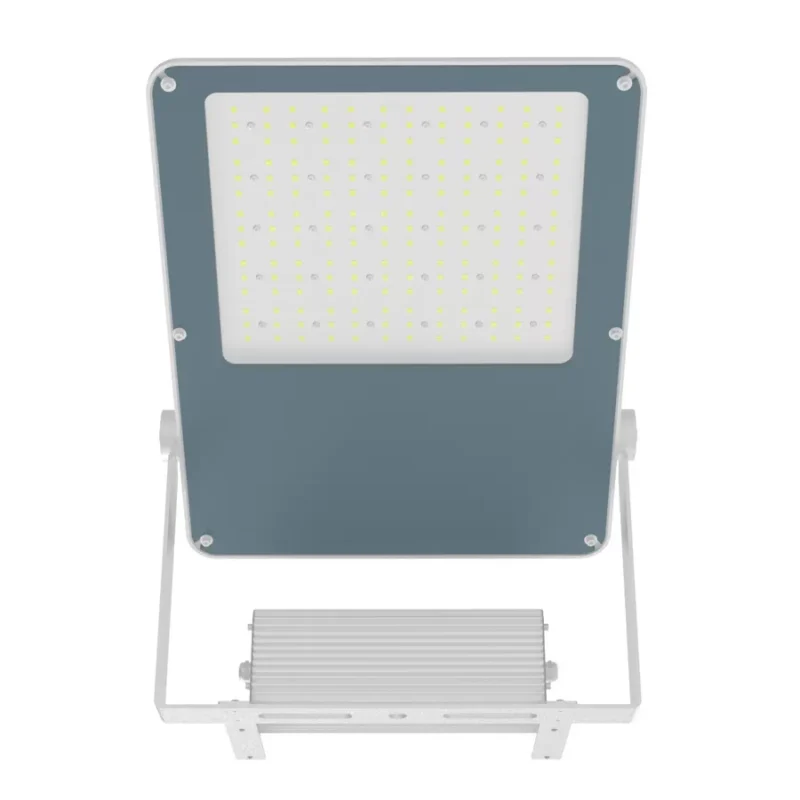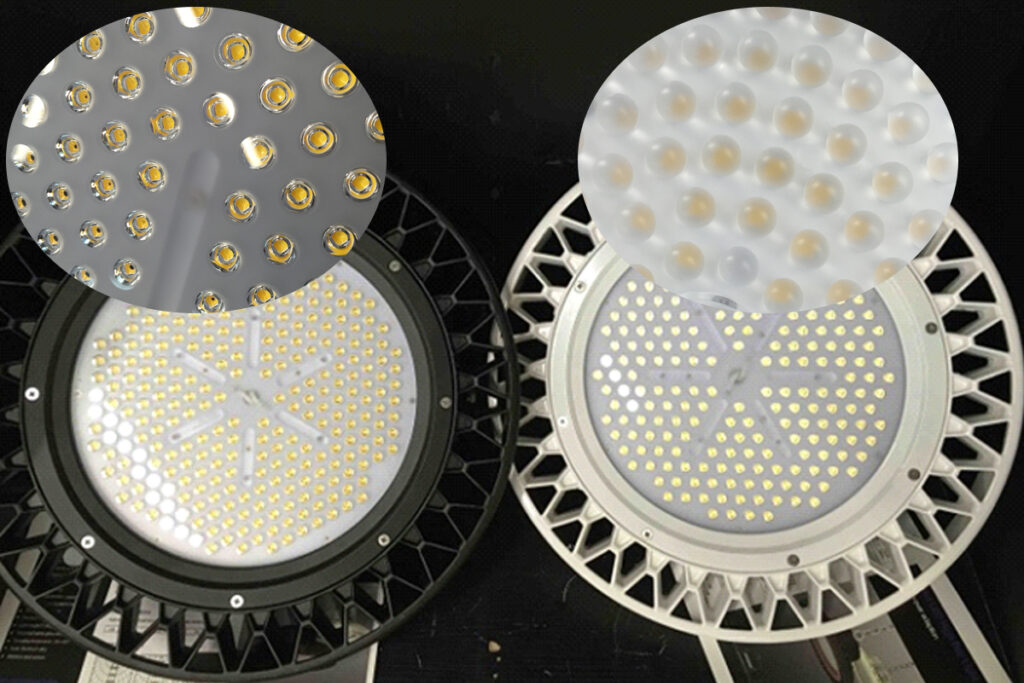ما هو التحكم في الإضاءة DMX؟ | كشف النقاب عن عالم إدارة الإضاءة الديناميكية
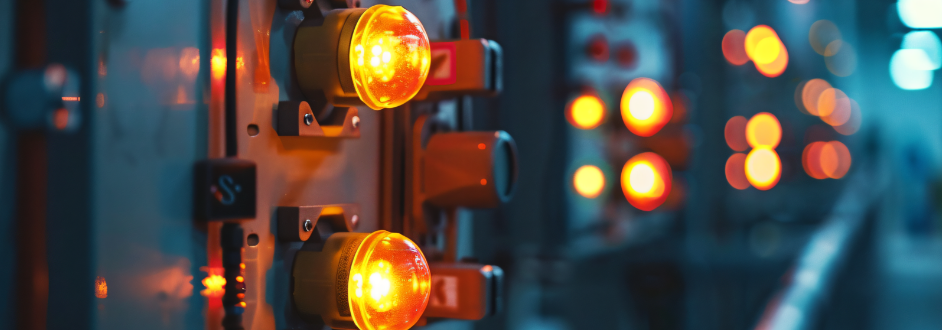
مقدمة في التحكم في الإضاءة DMX
هل تساءلت يوماً كيف تتحقق تلك العروض الضوئية المذهلة وتأثيرات الإضاءة المتزامنة تماماً؟ تكمن الإجابة في DMX (إشارة رقمية متعددة الإرسال) التحكم في الإضاءة. ولكن ما هو بالضبط DMX?
DMX هو بروتوكول موحد أحدث ثورة في طريقة التحكم في الإضاءة. فهو يوفر وسيلة موثوقة وفعالة لإدارة تركيبات الإضاءة المختلفة، مما يسمح بتصميمات إضاءة دقيقة ومبتكرة.
فهم أساسيات DMX
في جوهرها DMX هو نظام اتصالات رقمي يتيح التحكم في معلمات الإضاءة المتعددة. إذاً، ماذا يعني هذا بالنسبة لك؟ حسناً، يعني أن لديك القدرة على تخصيص وتنسيق ألوان وكثافة وأنماط الأضواء الخاصة بك بكل سهولة.
DMX القنوات هي العناصر الرئيسية في هذا النظام. تمثل كل قناة سمة محددة للضوء، مثل اللون (الأحمر والأخضر والأزرق ل أضواء RGB) أو مستوى التعتيم أو التأثير القوي. من خلال معالجة هذه القنوات، يمكنك إنشاء مجموعة كبيرة من سيناريوهات الإضاءة.
على سبيل المثال، مع إضاءة كاشفة RGB، يمكن لمجموعات مختلفة من القيم المعينة للقنوات الحمراء والخضراء والزرقاء أن تنتج ألوانًا لا حصر لها. ولا يقتصر الأمر على الألوان فقط; DMX يتحكم أيضاً في سرعة التغييرات وتسلسلها، مما يمنحك عروض إضاءة ديناميكية وجذابة.
مكونات نظام DMX
لتنفيذ تحكم DMXفأنت تحتاج إلى بعض المكونات الأساسية. أولاً وقبل كل شيء وحدة تحكم DMX. هذا هو العقل المدبر للعملية، حيث يرسل الإشارات الرقمية التي تخبر الأضواء بما يجب أن تفعله.
أضواء يتم التحكم فيها بواسطة DMXسواء كانت مصابيح LED أو تركيبات تقليدية، فهي مصممة لاستقبال هذه الإشارات والاستجابة لها. هذه المصابيح مزودة بدوائر مدمجة تفسر DMX البيانات وتعديل أدائها وفقًا لذلك.
جانب آخر مهم هو الكابلات التي تربط وحدة التحكم بالمصابيح. تضمن الكابلات عالية الجودة نقلًا مستقرًا وخاليًا من التداخلات في DMX إشارة، مما يمنع حدوث أي خلل أو أخطاء في أداء الإضاءة.
|
المعلمة
|
الوصف
|
مثال على القيمة
|
|
عدد القنوات
|
هذا هو عدد المعلمات المستقلة التي يمكن التحكم بها في نظام DMX، مثل اللون أو السطوع.
|
عادةً 512.
|
|
معدل تحديث البيانات
|
إنه عدد مرات تحديث وحدة التحكم وإرسال الإشارات، مما يؤثر على سلاسة تغيرات الإضاءة.
|
حوالي 20 - 40 مرة في الثانية الواحدة.
|
|
مسافة الإرسال
|
أقصى مسافة يمكن نقل إشارات DMX عبرها بفعالية.
|
حوالي 300 متر بدون مضخم إشارة.
|
جدول المعلمات ذات الصلة بمبدأ تشغيل DMX
آمل أن تجعل هذه الوسائل المرئية سحر التحكم في إضاءة DMX واضحًا تمامًا بالنسبة لك!
كيف تستخدم وحدة تحكم DMX؟
والآن بعد أن عرفت النظريات، دعنا نبدأ بالتطبيق العملي. كيفية استخدام DMX قد يبدو جهاز التحكم مخيفاً في البداية، ولكنه بسيط للغاية بمجرد أن تتعلمه.
معظم وحدات تحكم DMX تحتوي على واجهة سهلة الاستخدام تتيح لك تحديد القنوات التي تريد التحكم بها وضبط القيم. تأتي بعض وحدات التحكم مزودة ببرامج ومشاهد معدة مسبقًا يمكنك الاختيار من بينها، بينما توفر وحدات تحكم أخرى خيارات تخصيص أكثر تقدمًا لعشاق الإضاءة المتمرسين.
عند إعداد نظام DMX، فمن الضروري فهم كيفية العثور على DMX عنوان على مصباح. يحدد هذا العنوان قنوات وحدة التحكم التي ستتحكم في أي قناة من قنوات وحدة التحكم ستتحكم في أي مصباح أو مجموعة من المصابيح.
فوائد التحكم في الإضاءة DMX
مزايا إضاءة DMX عديدة. ومن أهم مزاياها مستوى الدقة والمرونة الذي توفره. فيمكنك إنشاء تأثيرات إضاءة معقدة وفريدة من نوعها كان من المستحيل أو من الصعب جدًا تحقيقها في السابق باستخدام طرق التحكم التقليدية.
كفاءة الطاقة هي ميزة إضافية أخرى. مع DMX، يمكنك التحكم بدقة في شدة ومدة إخراج الضوء، مما يقلل من استهلاك الطاقة غير الضروري ويوفر تكاليف الكهرباء.
DMX كما يتيح لك أيضًا إمكانية التحكم المركزي، مما يتيح لك إدارة مصابيح متعددة من موقع واحد. ويُعد ذلك مفيدًا بشكل خاص في التركيبات واسعة النطاق مثل المسارح أو الفعاليات أو مشاريع الإضاءة المعمارية.
أنواع مختلفة من أضواء DMX
تتوفر أنواع مختلفة من مصابيح DMX في السوق، ولكل منها ميزاته وتطبيقاته. أضواء كاشفة RGB خيار شائع لقدرتها على إنتاج مجموعة كبيرة من الألوان. الصمام الثنائي الباعث للضوء أضواء التحكم DMX مفضلة للغاية بسبب عمرها الافتراضي الطويل، واستهلاكها المنخفض للطاقة، وسطوعها العالي.
توفر بعض الأضواء ميزات إضافية مثل التكبير أو ضبط التركيز البؤري أو الأنماط والرسوم المتحركة المدمجة، مما يزيد من الإمكانيات الإبداعية.
استكشاف الأعطال وإصلاحها ونصائح الصيانة
حتى مع أفضل أنظمة DMX، يمكن أن تنشأ مشكلات في بعض الأحيان. تشمل المشاكل الشائعة فقدان الإشارة، أو العنونة غير الصحيحة، أو المصابيح المعيبة. لكن لا تقلق! هناك خطوات بسيطة لاستكشاف الأخطاء وإصلاحها يمكنك اتخاذها.
غالبًا ما يكون التحقق من توصيلات الكابلات، والتحقق من عناوين DMX، والتأكد من تكوين وحدة التحكم بشكل صحيح هي الخطوات الأولى في حل المشاكل. كما أن الصيانة الدورية للمصابيح ووحدة التحكم، مثل التنظيف والفحص بحثًا عن التلف، يمكن أن تمنع أيضًا العديد من المشاكل المحتملة.
الاتجاهات المستقبلية في التحكم في الإضاءة DMX
مع استمرار تقدم التكنولوجيا، فإن عالم التحكم في الإضاءة DMX تتطور أيضًا. يمكننا أن نتوقع أن نرى أنظمة أكثر ذكاءً وتكاملاً تجمع بين DMX مع تقنيات أخرى مثل أجهزة الاستشعار والاتصالات اللاسلكية والذكاء الاصطناعي.
سيؤدي ذلك إلى فتح إمكانيات جديدة لبيئات إضاءة ديناميكية ومتجاوبة تتكيف مع احتياجات وأنشطة المكان الذي تضيئه.
في الختام
التحكم في الإضاءة DMX هي أداة قوية غيرت الطريقة التي نضيء بها عالمنا. سواءً كنت مصمم إضاءة محترف، أو منظم فعاليات، أو مجرد شخص شغوف بابتكار مؤثرات إضاءة جميلة، فإن فهم وإتقان DMX يمكن أن ترتقي بمشاريع الإضاءة الخاصة بك إلى المستوى التالي. لذا انطلق واستكشف الإمكانيات، وأطلق العنان لإبداعك من خلال قوة DMX!


